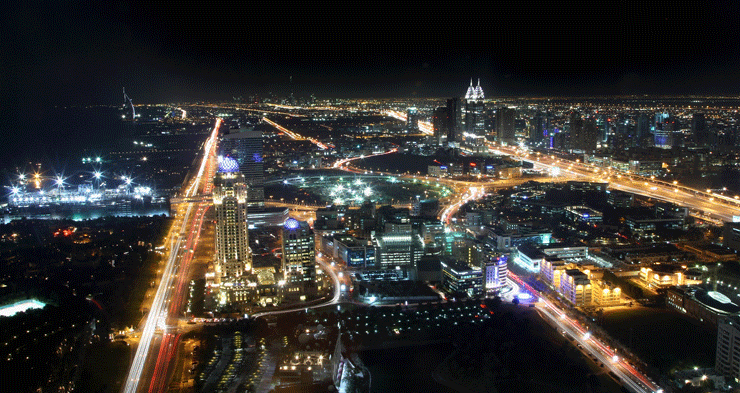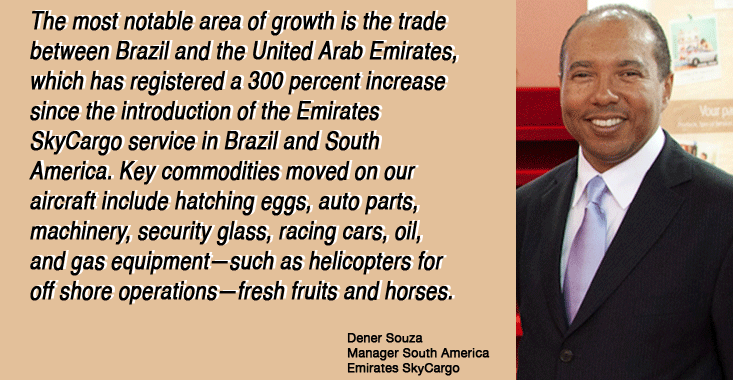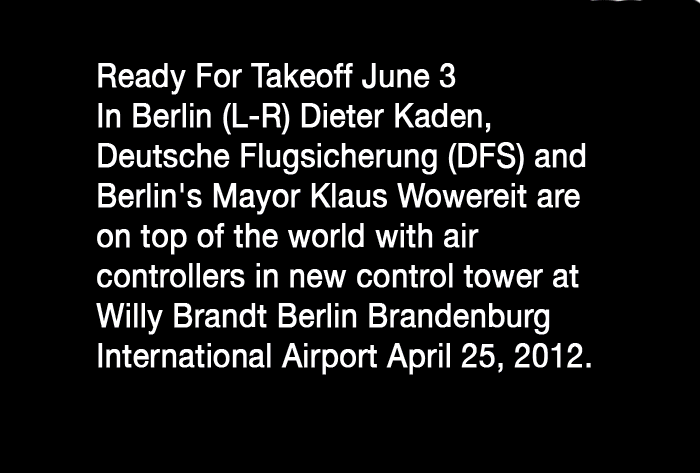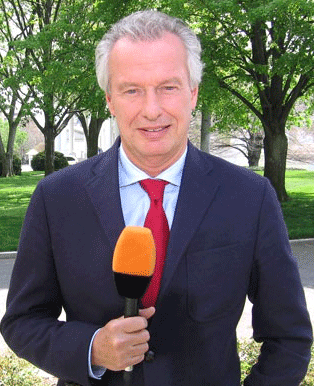

The
Road to Brazil begins in Dubai (pictured), as the place creates
headlines, new standards in the air cargo business, and everybody
just wants to be there.
Just ask anybody at Intermodal
South America in São Paulo this past month.
Here, Dener Souza talks about
what lies ahead as Emirates SkyCargo turns up the heat on
Latin America.
We sat down with Dener Souza,
Emirates SkyCargo Manager South America, to learn more about
Emirates’ burgeoning business in the southern hemisphere.
“Emirates SkyCargo’s
footprint in South America dates back to 2005, when we started
doing offline sales from Brazil using partner carriers to
move cargo to Europe, then into our network.
“Being creative to create
opportunities for our clients has been a trademark for us.
The real launch pad, though, was the start of Emirates’
passenger service to São Paulo Guarulhos International
Airport in 2007.
“The demand for the space
in the belly-hold indicated that there was a need for more
capacity out of Brazil and, with businesses more aware of
us and our growing reputation for quality service, we decided
to add a freighter service from Viracopos-Campinas International
in October 2010. That was the start of a period of rapid growth
and in the ensuing months we increased the frequency to three
times a week, while we also added capacity out of Brazil through
the launch of a linked passenger service from Buenos Aires-Rio
de Janeiro to Dubai earlier this year,” said Mr. Souza.
 |
SkyCargo currently offers
the shortest transit time from Brazil to the Middle East,
with connections to more than 120 destinations via the Dubai
hub. With an import and export belly capacity of almost 1,000
tonnes a week, reliable service, and a variety of product
options, SkyCargo is providing a great deal of value to a
client’s products and services. And there is more to
add on the horizon.
“The most notable area
of growth is the trade between Brazil and the United Arab
Emirates, which has registered a 300 percent increase since
the introduction of the Emirates SkyCargo service in Brazil
and South America. Key commodities moved on our aircraft include
hatching eggs, auto parts, machinery, security glass, racing
cars, oil, and gas equipment—such as helicopters for
off shore operations—fresh fruits and horses.
“We estimate a growth
of more than 20 percent, following the addition of increased
freighter frequencies at Viracopos.
“Emirates SkyCargo has
shown unprecedented growth worldwide and there is enormous
potential in South America. With that in mind, our customers
can expect more capacity and services to be added, opening
new possibilities to do business with the Middle East, Europe,
Africa, Asia, and Far East.
“Emirates SkyCargo is
recognized for its innovative services and is always ready
to support the customer in the search for new ways to do business,
improve existing processes, and create tailor-made solutions
for unusual consignments,” said Mr. Souza.
Dener Souza has a colorful history
in the air cargo industry, having worked in various positions
“over the last 27 years, occupying operational, commercial
and strategic positions for Brazilian, American, European
and Middle East carriers.” He is most impressed with
the spirit of Emirates, which he finds is always striving
for something more.
“Emirates is a relatively
young carrier and has achieved many important milestones in
a very short space of time.
“The hundreds of international
awards we have received speak for themselves, while I really
like the ‘go beyond’ spirit we have.
“Strong leadership is
also integral to the success of the company and I have learned
a lot from the senior management. I am really proud to be
part of this team!” said Mr. Souza.
The position of Dubai as a trading
hub goes back centuries, a fact of which Dener Souza is well
aware, especially as it comes to serving the customer.
“With Dubai as our hub,
it is natural for the customer to recognize the possibilities
and benefits it brings in terms of connections and transit
time. Due to its geographical position, Dubai has been a trading
hub dating back many years.
“Today, it’s not
that much different, but on much grander scale, with the benefits
of automation and modernization, such as state-of-the-art
airports. “Looking to the future, we already see logistic
groups making use of Dubai World Central and the ability to
easily transfer cargo from the port to the airport and vice-versa,
which will bring new opportunities,” said. Mr. Souza.
Speaking of opportunities, we
wonder where Emirates’ gaze will fall next, in terms
of bettering the industry and moving forward.
“We see e-Freight as an
important initiative with many benefits, including cost savings,
reliability, speed, efficiency, to name just a few.
“There is a long way to
go until we reach the ideal level of electronic transactions
in the air cargo industry, but we are seeing more and more
stakeholders adopting the initiative, so it is encouraging
to see that industry is moving in the right direction.”
As for where you will next see
Emirates SkyCargo, Dener confides: “Our focus has been
on Intermodal due to its importance in the logistic industry,
but we also see other events and trade shows as an opportunity
to develop our business, such as Colombia’s Flower Show.”
Smells like a sweet deal to
us.
Geoffrey/Flossie |












 In
French they say “plus ça change, plus s’est
la meme chose” or “the more it changes, the more
it’s the same thing.” Apparently not so when it
comes to the concentration of power—in this case, political
power—to be found in a nation’s capital; the attraction
is irresistible, like moths to a flame.
In
French they say “plus ça change, plus s’est
la meme chose” or “the more it changes, the more
it’s the same thing.” Apparently not so when it
comes to the concentration of power—in this case, political
power—to be found in a nation’s capital; the attraction
is irresistible, like moths to a flame. 

